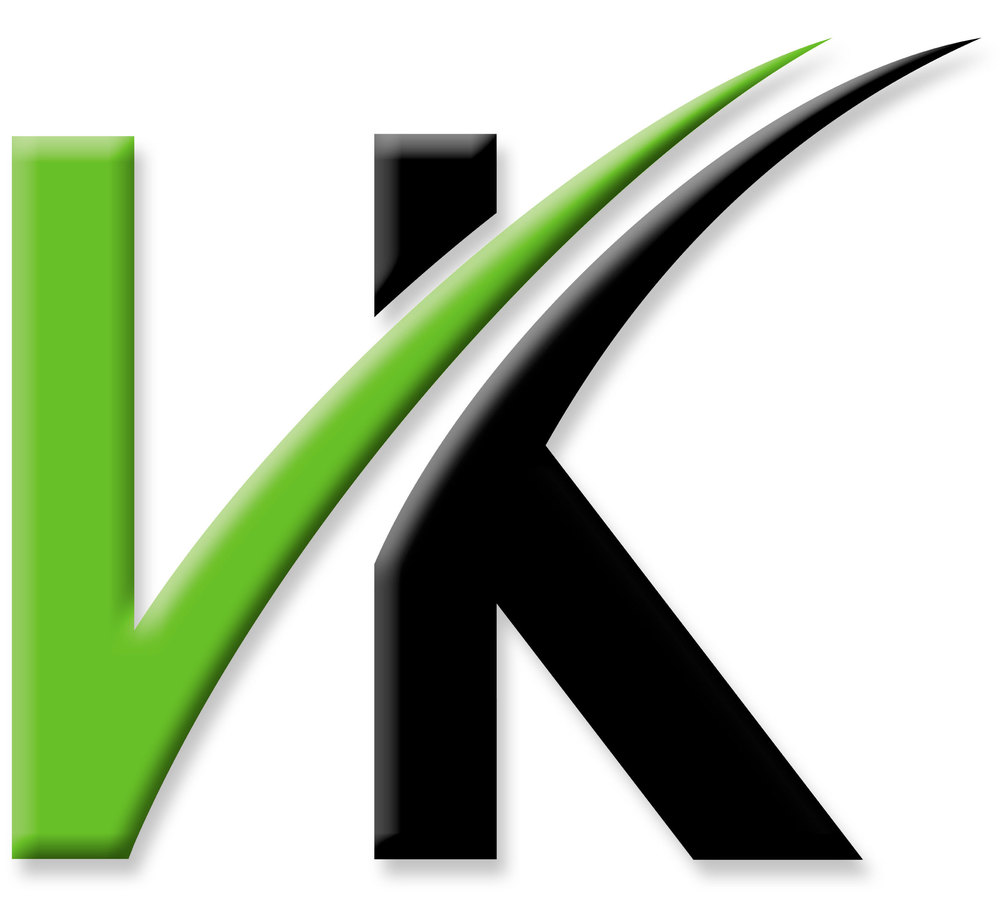At IBC2011, a show primarily for the broadcast sector, Avid showed a Technology Preview with some very exciting features.
Video: http://www.youtube.com/watch?v=8ez-G5jgebw
1- Disk Cache/RAM Disk
In the video (linked above), Tom Graham mentions that you can load the timeline into a “Disk cache or a RAM disk”. This feature could be huge. Particularly if it is capable of dynamically loading media. The forums have been alive with discussion about whether this will mean you can load VI’s into RAM and therefore get more instantiations of Virtual Instruments. As a post user, I don’t have a need for a whole bunch of VI’s, maybe it will be tweaked to enable this but for me the focus was on the playing from ISIS shared storage.
2- Realtime Fades
To sum this up? Woohoo! For a long time Fades have been the bane of my life. These small little chunks of audio that constantly get corrupted/lost. Looking forward to never having to rerender missing fade files again.
3 - Clip Gain
My only run in with Clip Gain has been in the Import Session Data window where I convert it to Volume Automation. It will be interesting to see how this develops. 36dB of gain outside of volume automation sounds like it could be invaluable. Not sure I’m a fan of another area that can’t be clicked whilst using the smart tool but maybe they have a way around that.
The envelope function looks promising I can’t imagine that they’d be implementing this feature at anything less than sample level so should be really useful for fixing production audio issues.
4- Cross fade view
While you’ve always been able to see the result of the crossfade in the timeline, this will show you dynamically the two waveforms much like with the Fade window itself. Together with the Clip Gain it was shown how this updates dynamically great for seeing what is actually on the regions.
5- AudioSuite handles
Huge! Not sure how long these Handles are exactly but anyhing is better than nothing. I wonder if it’s Full file and if it is how they deal with a region being used later that referenced the same file?
If you want to read more then there are plenty of forum posts on both the DUC and Gearslutz frantically debating what this preview means and when if at all we will see these features in a release. Also plenty of people pointing out that at the start of the video there is a disclaimer about this not being a promise to deliver any of these features etc.
General consensus on the disk cache/RAM Cache is that this is a sign that PT is going 64bit. Not sure if I buy that as evidence, Pro Tools has a history of interesting solutions to technological problems. DAE used to be external to the main program for example, the Disk management was too. Pro tools will be going 64bit if for no other reason than both Apple and Microsoft are moving their platforms into 64bit only operation.
Whether this sees the light of day will remain to be seen but it certainly shows that Avid are thinking about some pretty radical changes to how things have been before. Read the forums, watch the video and then wait to see what happens.
More from the IBC Conference : http://apps.avid.com/ibc2011/news.html
Here you will find a video interview with Tom Graham as he confirms that the caching occurs “outside” of Pro tools as well as deeper System 5 integration and playback from ANY NAS device.
Pretty cool.

